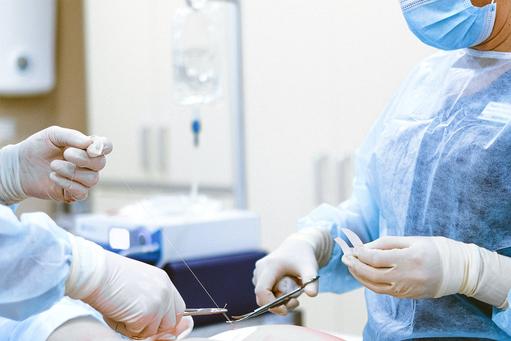|
NICE relaxing guidelines
These findings, if indicative of patient views, are significant. Recently, the National Institute of Health and Care Excellence (NICE) issued new draft guidelines to make more people eligible for weight-reduction surgery. According to NICE, such surgery would reduce the debilitating complications associated with type 2 diabetes.
Until now, people with type 2 diabetes only could be considered for weight loss surgery at a BMI of 35. The new guidance could mean that more than 850,000 people could be eligible for a stomach-reduction surgery if their doctors think they are suitable.
A costly therapy
Over the past five years, there has been a significant increase in the number of people receiving weight loss surgery. According to the UK's Health and Social Care Information Centre's latest report: in 2012-13, about 8,000 people received stomach-reduction surgery for potentially life threatening obesity when other treatments failed.
A mounting body of evidence suggests such surgery improves symptoms in around 60% of patients, which in turn, may result in a reduction in people taking their type 2 diabetes medications, and even in some cases needing no medication at all.
Stomach-reduction surgery, which costs between £3,000 and £15,000, does not mean that type 2 diabetes has been cured, and there are raised concerns that the NHS will not be able to afford the treatment, even if there are savings in the longer term. Furthermore, an irreversible procedure that does have surgical risks attached to it does not make it an attractive option for everyone.
Takeaways
"We know about the escalation of the diabetes burden. We know that established therapies, diets and lifestyles could effectively reduce the burden of diabetes. And yet the burden shows no signs of slowing. IF patient data from the Wandsworth Medical Centre are indicative of the situation more generally, we should seriously consider the way doctors communicate with patients. Doing 'more of the same' is not the answer. We need to find new innovative solutions to engage, interact and motivate as many people as possible," says Dr. Hussain.
|









